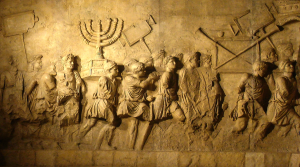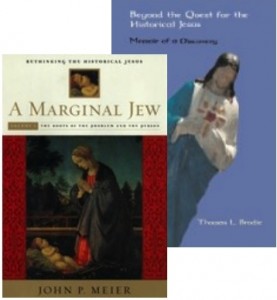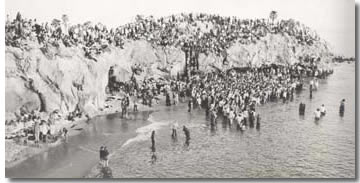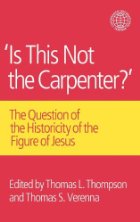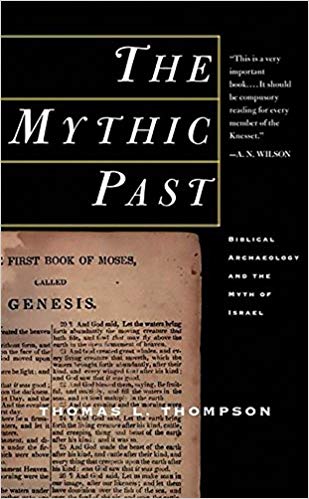Josephus lays the blame for the Jewish rebel movement squarely on the shoulders of Judas the Galilean who led some sort of movement to oppose Roman taxes around the time of the infancy of Jesus — 6 CE. From this Judas arose what Josephus labels the “Fourth Philosophy”. The other three were the Pharisees, the Sadducees and the Essenes. The Fourth Philosophy is depicted as an undesirable conglomeration of upstart rebels who brought down ruin upon their nation.

Recently I was posting about my doubts concerning the evidence for Jewish messianic movements prior to the First Jewish War (66-73 CE) and Giuseppe alerted us to a study by James S. McLaren in Negotiating Diaspora: Jewish Strategies in the Roman Empire. McLaren’s chapter is “Constructing Judaean History in the Diaspora: Josephus’s Accounts of Judas“, pages 90-107. Thanks, Giuseppe. Until I read that chapter I never quite knew what to make of Judas the Galilean because though scholars often say he led the first military rebellion against Rome I have not been able to find unambiguous evidence for that claim in Josephus. It seemed some historians were simply repeating the hearsay of their guild. Hence I have held back from commenting on him when I have discussed other rebels and bandits on the Judean stage either side of the time of Jesus. McLaren’s chapter is the first work I have read that squarely confronts and addresses the ambiguities and inconsistencies that have bothered me in Josephus’s account.
Conclusion: Josephus created Judas the Galilean as a foil to bear the responsibility for the humiliation of the Jewish defeat. I’m not saying that Judas did not exist (though he may not have) but that Josephus has been forced to modify his account with each retelling of his role in starting the rebellion. These variations indicate that Josephus is creatively rewriting history to deflect blame for the war from his own class of aristocratic priests.
This study shows that we can no longer assume that this Judas presented by Josephus is an historical figure who engaged in some activity in 6 CE. It is not simply a case of claiming that Josephus may have exaggerated the account of Judas’s career and its impact by adjusting a few details here and there. Rather, Josephus’s apologetic has constructed Judas, making him a vital part of the explanation of what happened in Judaea in 66-70 CE. Who he was, what he did and what he advocated, if anything at all, need to be established afresh, outside the framework provided in War and Antiquities. (108: bolded emphasis is mine in all quotations)
Now McLaren is working like a real historian — a welcome change from some of the tendentious works we have discussed elsewhere. He examines the nature of his source material before deciding to take its claims at face value — and that means literary analysis . . .
This discussion will be presented in three parts. In the first, I offer an analysis of the textual location of the references to Judas.
and study of provenance:
The second part will be devoted to a reassessment of the geographical and socio-political location of Josephus in 66 CE and in the years that followed the revolt. The third and final part will outline how these locations result in Judas being presented as a scapegoat by Josephus.
Further, he understands the necessity of evidence external to his source material for corroboration.
Who he was, what he did and what he advocated, if anything at all, need to be established afresh, outside the framework provided in War and Antiquities.
These are the methodological principles I have been saying ought to be applied to the gospels even if the result might lead to the conclusion that a central character has possibly been a creation of the author rather than a true historical figure. I notice that McLaren’s background is strong in ancient history and not restricted to biblical studies.
So what are McLaren’s arguments? I’ll take them in the same order as McLaren with this post covering McLaren’s analysis of the respective locations of Josephus’s references to Judas.
Warning: the following post is for those with a serious interest in the question of Josephus as a historical source. Continue reading “Did Josephus Fabricate the Origins of the Jewish Rebellion Against Rome?”



